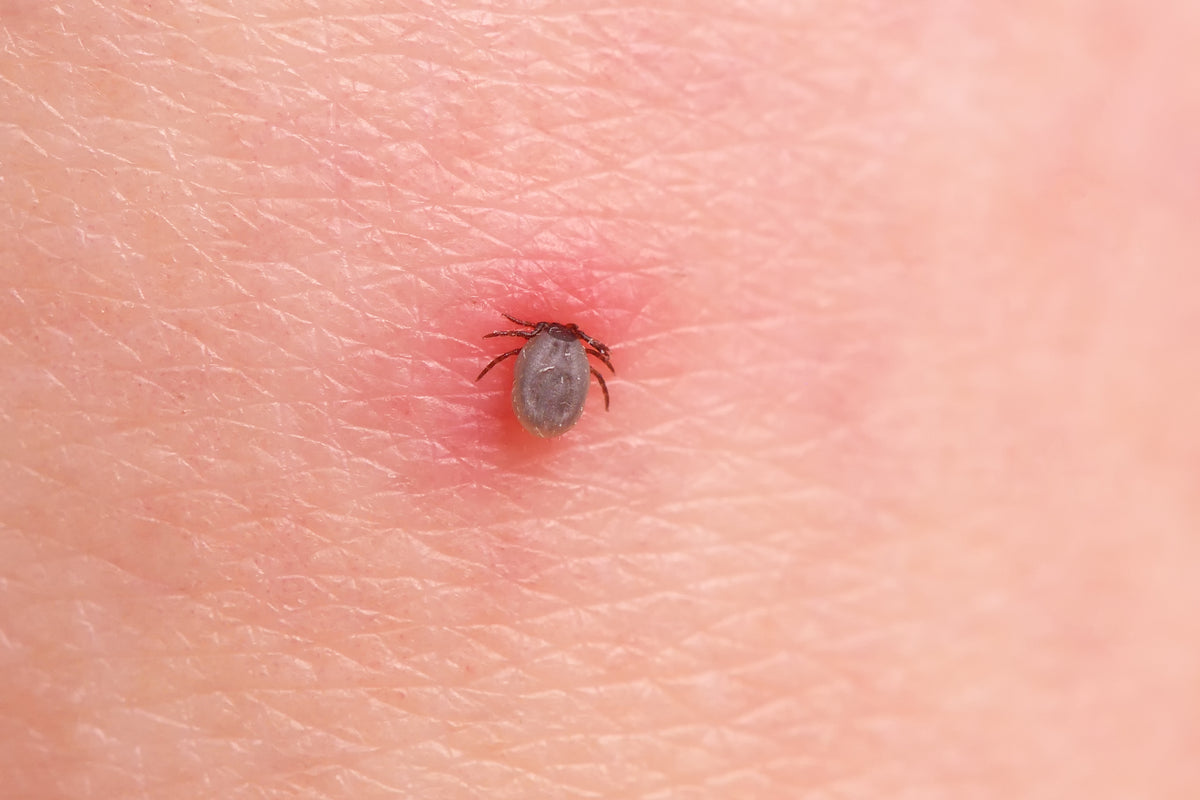
The Power of PMD-Based Insect Repellents: A Strong Defence Against Ticks
Ticks are blood-sucking arachnids, that have become more prevalent in the UK, due to various environmental factors. Their increased numbers bring with them the heightened risk of tick-borne diseases, such as Lyme disease. However, there's good news on the horizon: the efficacy of PMD-based insect repellents in repelling ticks.
Understanding PMD – The Natural Insect Repellent
PMD, or p-menthane-3,8-diol, is a naturally occurring compound found in the refined oil from the Java Citronella plant. It is widely recognized for its potent insect-repelling properties, making it a popular ingredient in many commercial insect repellents. PMD-based repellents have been proven effective against a range of biting insects, including mosquitoes, midges, and studies prove that they are a reliable defence against ticks.
Effectiveness Against Ticks
While the chemical DEET has long been considered the gold standard in insect repellents it comes with many risks and concerns due to its aggressive nature. PMD has shown remarkable results in extensive research and testing carried out by The London School of Hygiene and Tropical Medicine.
Studies have indicated that PMD-based repellents are effective at stopping ticks from attaching to the skin. This is particularly crucial since the main mode of transmission for tick-borne diseases is through the attachment and feeding process.
Researchers have tested PMD-based repellents against various tick species, showing strong efficacy. These repellents create a barrier that ticks find unappealing, reduce the risk of tick bites and the potential transmission of diseases.
Tips for Using PMD-Based Repellents
To maximize the benefits of PMD-based repellents when venturing into tick-prone areas, consider the following tips:
- Choose the Right Product: Look for insect repellent products that contain an appropriate concentration of PMD. The concentration of active ingredients can vary between products, so read the label carefully and buy a reliable high quality product. At THEYE we use mainly 20% Citrepel 75 and even offer a tropical strength 25% formula.
- Follow Instructions: Always follow the application instructions provided on the product label. Apply the repellent evenly to exposed skin and clothing. Avoid applying it to areas with broken skin or near the eyes and mouth.
- Reapply as Needed: The effectiveness of any repellent diminishes over time, just like sun cream does. Reapply the PMD-based repellent according to the instructions, especially if you're sweating or spending an extended period outdoors.
- Combine with Other Measures: While PMD-based repellents can provide a strong defence against ticks, it's still wise to adopt other preventive measures, such as wearing appropriate clothing and conducting thorough tick checks after being outdoors.
Final Thoughts
As the prevalence of ticks continues to rise in the UK, the importance of effective tick repellents cannot be overstated. PMD-based repellents offer a fantastic natural solution to this growing problem. By incorporating these repellents into your outdoor routine, you can significantly reduce the risk of tick bites and the potential health complications they bring. Stay informed, take proactive steps, and enjoy the outdoors while staying protected from ticks.
